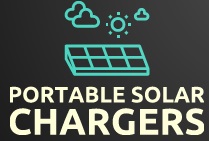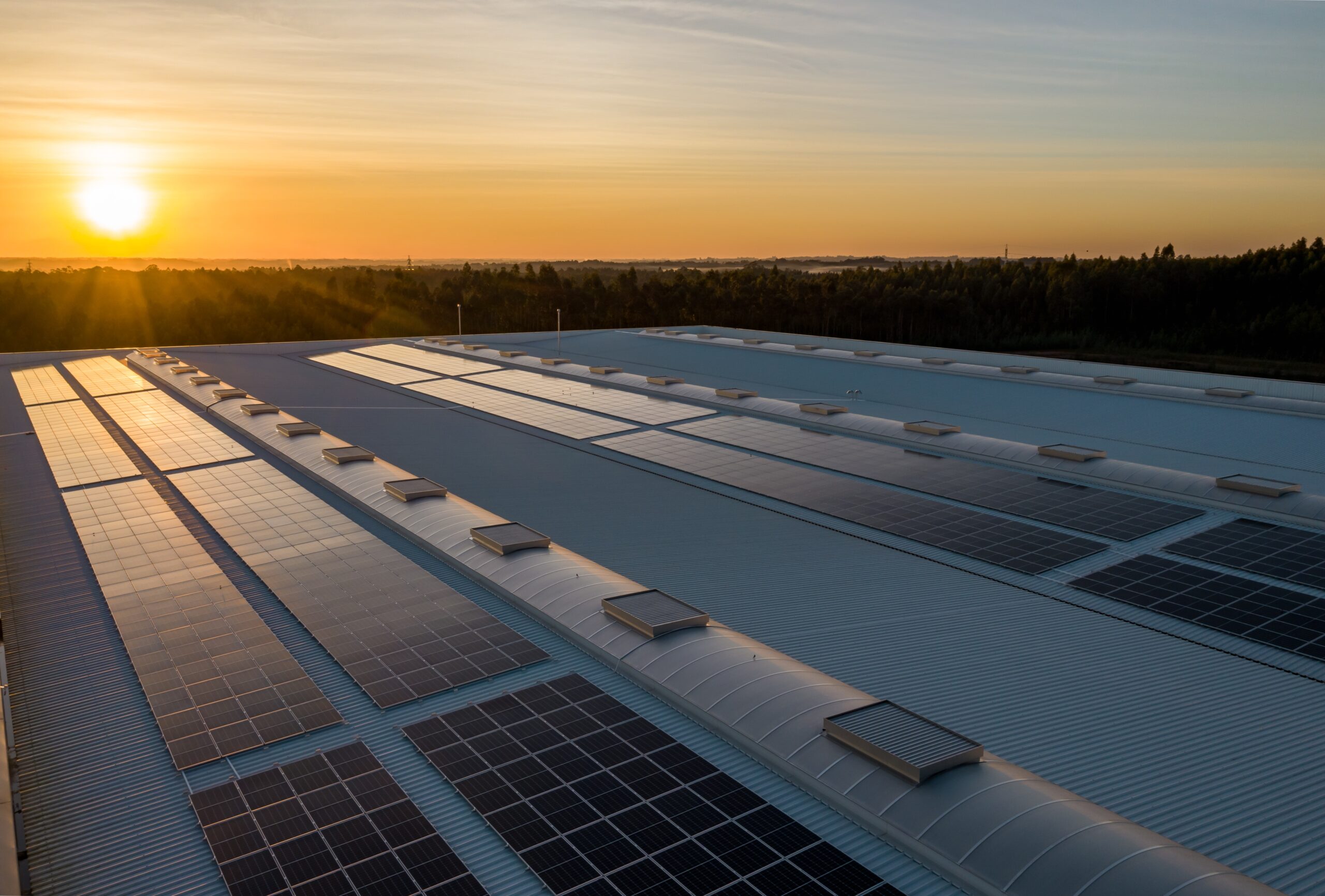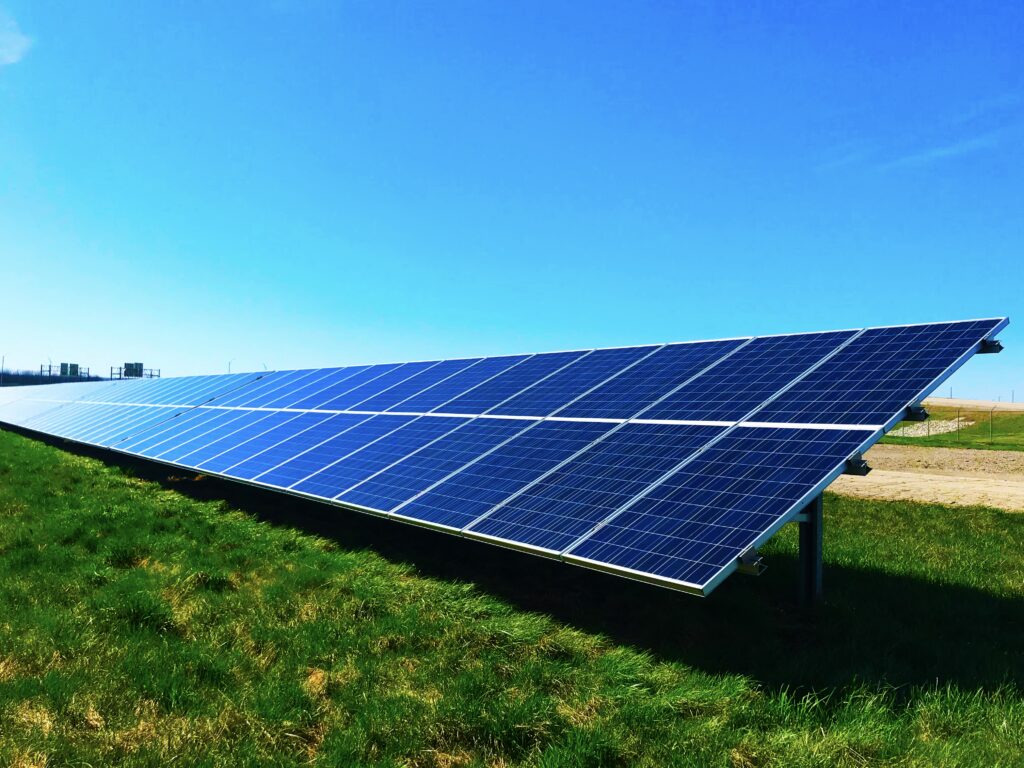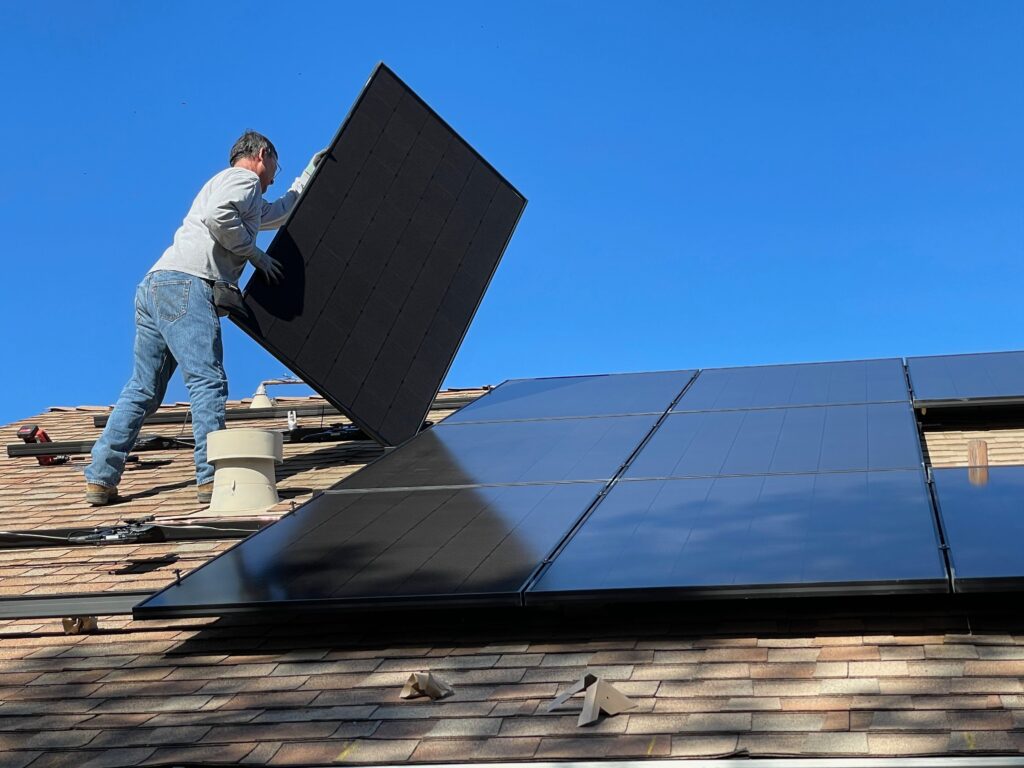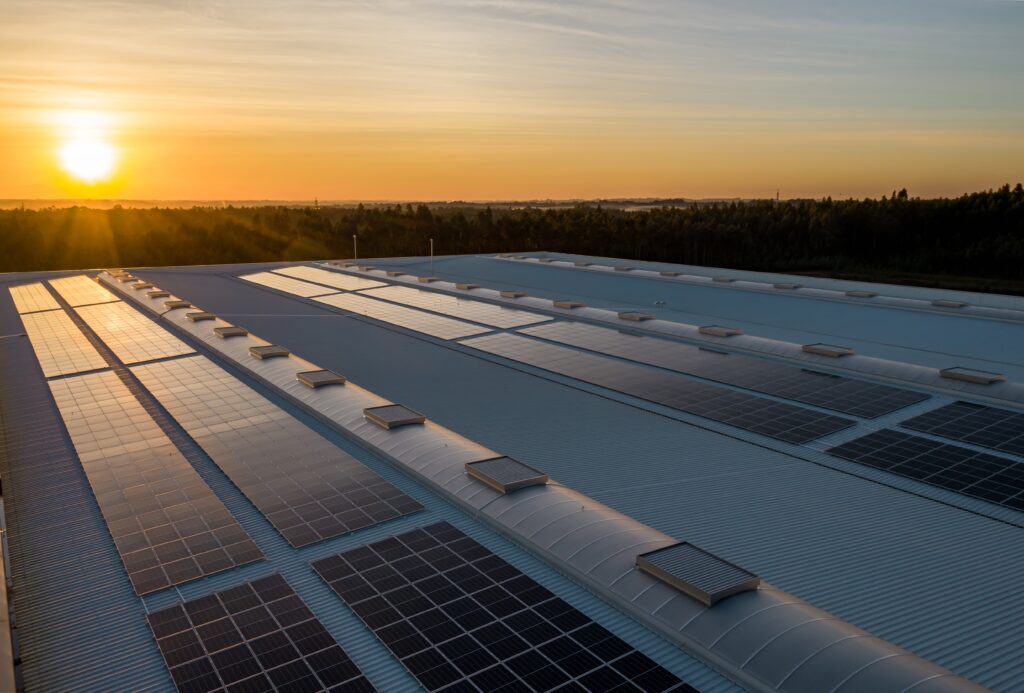Are you tired of constantly running out of battery on your phone or other electronic devices when you’re on the go? Look no further! Introducing the incredible solution – portable solar chargers! These innovative devices harness the power of the sun to keep your devices charged up and ready to go, no matter where you are. But you may be wondering, how exactly do portable solar chargers work? In this article, we’ll demystify the inner workings of these handy devices and explain how they can revolutionize your life on the move. So sit back, relax, and get ready to discover the world of portable solar chargers!
Solar Energy Basics
Solar energy is a renewable source of energy that comes from the sun. It is a clean and sustainable power solution that can be harnessed and converted into electricity. The process of converting solar energy into electricity is achieved through the use of solar cells.
What is solar energy?
Solar energy is the radiant energy emitted by the sun, which can be converted into useful forms of energy such as electricity. It is a renewable energy source that does not produce greenhouse gas emissions or air pollutants. By harnessing solar energy, we can reduce our reliance on fossil fuels and contribute to a cleaner and greener future.
How is solar energy converted into electricity?
Solar energy is converted into electricity through the use of solar cells, also known as photovoltaic cells. These cells are made of semiconductor materials, such as silicon, that can absorb sunlight and convert it into an electric current. When sunlight hits the solar cells, it displaces the electrons in the material, creating a flow of electricity. This electricity can then be used to power various devices.
Solar Cells in Portable Solar Chargers
Solar cells are the heart of portable solar chargers. They are responsible for converting solar energy into electricity that can be used to charge devices. There are different types of solar cells used in portable solar chargers, each with their own advantages and efficiency levels.
Types of solar cells
The most common types of solar cells used in portable solar chargers are monocrystalline, polycrystalline, and thin-film solar cells. Monocrystalline solar cells are made from a single crystal structure, offering higher efficiency but at a higher cost. Polycrystalline solar cells are made from multiple crystal structures, providing a slightly lower efficiency but at a more affordable price. Thin-film solar cells are made by depositing thin layers of semiconducting materials onto a substrate, resulting in a flexible and lightweight solar cell.
Functioning of solar cells
Solar cells work by absorbing sunlight and converting it into an electric current. The semiconductor material within the solar cells absorbs the photons from sunlight, causing the release of electrons. These free electrons then flow through the material, creating a current. The solar cells are connected in series to increase the voltage and meet the power requirements of the portable solar charger.
Efficiency of solar cells
The efficiency of solar cells refers to the amount of sunlight that can be converted into electricity. Higher efficiency solar cells can convert a greater percentage of sunlight into electricity, resulting in a more effective charging process. The efficiency of solar cells can be influenced by factors such as the quality of materials used, the cell design, and the manufacturing process.
Components of Portable Solar Chargers
Portable solar chargers consist of various components that work together to harness solar energy and deliver it as electricity to devices.
Photovoltaic panels
Photovoltaic panels, also known as solar panels, are made up of interconnected solar cells. These panels are responsible for absorbing sunlight and converting it into electricity. The size and number of photovoltaic panels determine the charging capacity of the portable solar charger. The panels are typically made with a protective coating that enhances durability and resistance to weather conditions.
Charge controller
The charge controller acts as a regulator between the solar panels and the battery. Its main function is to control the charging process and prevent overcharging or damaging the battery. The charge controller monitors the state of the battery and adjusts the charging current accordingly. It ensures that the energy generated by the solar panels is efficiently stored in the battery.
Battery
The battery in a portable solar charger serves as a storage unit for the energy harvested from the sun. It allows for the charging and storing of electricity during the day, which can then be used to power devices even when there is no sunlight. The size and capacity of the battery determine the amount of energy that can be stored and the duration of power availability.
USB ports and connectors
Portable solar chargers are equipped with USB ports and connectors that allow for easy and convenient charging of devices. These ports and connectors are designed to be compatible with various devices, such as smartphones, tablets, cameras, and more. They enable direct charging, eliminating the need for separate adapters or converters.
Working Principle of Portable Solar Chargers
Portable solar chargers work by following a series of steps that involve solar energy absorption, conversion, battery charging and storage, and power delivery to devices.
Solar energy absorption
The photovoltaic panels in portable solar chargers absorb sunlight through their solar cells. When sunlight hits the solar cells, the photons in the sunlight excite the electrons in the cells, causing them to flow and create an electric current.
Conversion of solar energy into electricity
Once the solar energy is absorbed by the solar cells, it is converted into electricity. The semiconductor material within the solar cells allows for the flow of electrons, resulting in the generation of direct current (DC) electricity.
Battery charging and storage
The electricity generated by the solar cells is then used to charge the battery within the portable solar charger. The charge controller regulates the charging process, ensuring that the battery is charged safely and efficiently. The battery stores the energy for later use, allowing for the charging of devices even when there is no sunlight.
Power delivery to devices
When a device needs to be charged, it can be connected to the portable solar charger through the USB ports or connectors. The stored energy in the battery is then delivered to the device, powering it and charging its internal battery. The charge controller ensures that the power is delivered at the appropriate voltage and current levels.
Solar Energy Absorption
Photons and sunlight
Sunlight consists of photons, which are particles of light. These photons carry energy, and when they interact with the solar cells in the photovoltaic panels, they transfer their energy to the electrons in the cells.
Absorption by solar cells
The material composition of the solar cells allows them to absorb a wide range of light wavelengths, including those in the visible and infrared spectrum. The absorption process occurs when the photons collide with the atoms in the material, transferring their energy to the electrons in the atoms.
Effects of different light conditions
The efficiency of solar cells can vary depending on the intensity and angle of the incoming sunlight. Direct sunlight provides the highest energy input, resulting in optimal charging performance. However, even under cloudy or low light conditions, solar cells can still generate electricity, albeit at a lower efficiency.
Conversion of Solar Energy into Electricity
Photovoltaic effect
The conversion of solar energy into electricity is made possible by the photovoltaic effect. This effect occurs when sunlight excites the electrons in the material of the solar cells, causing them to flow and create an electric current.
Electron movement
When the photons in sunlight collide with the atoms in the solar cell material, they cause the electrons in the atoms to become excited. These excited electrons then move from their original positions, resulting in the flow of electric current.
Generation of direct current (DC)
As the electrons move within the solar cell material, they create a flow of electric current. This current is in the form of direct current (DC), which is the type of electricity used to power most electronic devices. The current is then directed towards the battery for storage and later use.
Battery Charging and Storage
Importance of battery in solar chargers
The battery plays a crucial role in portable solar chargers as it allows for the storage of energy harvested from the sun. The stored energy can be used to charge devices even when there is no sunlight available. It ensures a continuous power supply and enhances the convenience and functionality of portable solar chargers.
Charging process
The charging process of the battery in a portable solar charger is controlled by the charge controller. The charge controller regulates the charging current to prevent overcharging, which can damage the battery. It ensures that the battery is charged efficiently and safely, maximizing its lifespan and performance.
Battery types and capacity
Portable solar chargers can have different types and capacities of batteries, depending on their intended use and power requirements. Common battery types used in portable solar chargers include lithium-ion, lead-acid, and Nickel-Cadmium (NiCAD) batteries. The capacity of the battery determines the amount of energy that can be stored, and thus the duration of power availability. Higher capacity batteries can store more energy, allowing for longer charging times and powering of devices.
Power Delivery to Devices
Role of charge controller
The charge controller not only regulates the charging process of the battery but also ensures the safe and efficient delivery of power to devices. It controls the voltage and current levels, matching them to the requirements of the connected device. This ensures that the device is charged at the optimum levels without the risk of overloading or damaging it.
DC to AC conversion (if applicable)
Some portable solar chargers may also be equipped with an inverter, which allows for the conversion of the direct current (DC) electricity stored in the battery into alternating current (AC) electricity. AC electricity is commonly used to power household appliances and devices that require higher voltage levels. The inverter enables the charging and operation of such devices directly from the portable solar charger.
USB ports and connectors
Portable solar chargers are designed with USB ports and connectors to facilitate the charging of devices. These ports and connectors are compatible with a wide range of electronic devices, including smartphones, tablets, cameras, and more. They provide a convenient and accessible method for connecting and charging devices without the need for separate adapters or converters.
Factors Affecting Performance
Several factors can affect the performance of portable solar chargers and their ability to harness and convert solar energy effectively.
Sunlight intensity and angle
The intensity of sunlight directly impacts the charging capacity of portable solar chargers. Higher intensity sunlight delivers more energy to the solar cells, resulting in increased charging efficiency. Additionally, the angle at which the solar panels are positioned towards the sun affects the amount of sunlight they can absorb, impacting the overall performance.
Shade and obstructions
Shade and obstructions, such as trees or buildings, can significantly reduce the amount of sunlight reaching the solar panels. Even a small amount of shade or obstruction can result in decreased charging efficiency. It is important to position portable solar chargers in an unobstructed area to ensure optimal exposure to sunlight.
Temperature
High temperatures can affect the efficiency of solar cells, causing a drop in charging performance. Excessive heat can lead to a decrease in the voltage output of the solar panels, resulting in reduced charging capacity. It is important to consider temperature conditions and ensure proper ventilation for the portable solar charger to mitigate any negative impact on performance.
Solar charger capacity
The capacity of the portable solar charger, including the size and number of the photovoltaic panels and the battery capacity, directly influences its performance. A higher capacity portable solar charger can generate and store more energy, allowing for longer power availability and the charging of multiple devices simultaneously.
Benefits of Portable Solar Chargers
Portable solar chargers offer various benefits that make them a popular choice for charging devices on the go.
Renewable and clean energy source
Portable solar chargers harness energy from the sun, which is a renewable and clean energy source. Unlike fossil fuels, which contribute to air pollution and climate change, solar energy is sustainable and does not produce harmful emissions. By using portable solar chargers, you can reduce your carbon footprint and contribute to a healthier environment.
Sustainable power solution
With the increasing demand for electricity, portable solar chargers provide a sustainable power solution. They utilize the abundant energy from the sun, eliminating the need to rely solely on grid electricity or disposable batteries. Portable solar chargers offer a self-sufficient and reliable power source, especially in outdoor or remote locations.
Portability and convenience
The main advantage of portable solar chargers is their portability and convenience. They are designed to be lightweight, compact, and easily transported. This makes them ideal for travel, camping, hiking, or any situation where access to electricity may be limited. Portable solar chargers provide a reliable power source wherever you go, ensuring that your devices remain charged and functional.
Reduced electricity bills
By utilizing solar energy to charge your devices, you can reduce your reliance on traditional electricity sources and lower your electricity bills. Portable solar chargers provide a cost-effective alternative for charging devices, especially in areas where grid electricity is scarce or expensive. They offer a sustainable and affordable way to power your devices while saving money in the long run.
In conclusion, portable solar chargers are a convenient and eco-friendly solution for charging devices on the go. By harnessing and converting solar energy into electricity, these chargers provide a sustainable power source that reduces reliance on fossil fuels and reduces carbon emissions. With their various components and working principles, portable solar chargers offer a reliable and efficient way to charge devices, making them an essential tool for outdoor enthusiasts, travelers, and environmentally conscious individuals.
